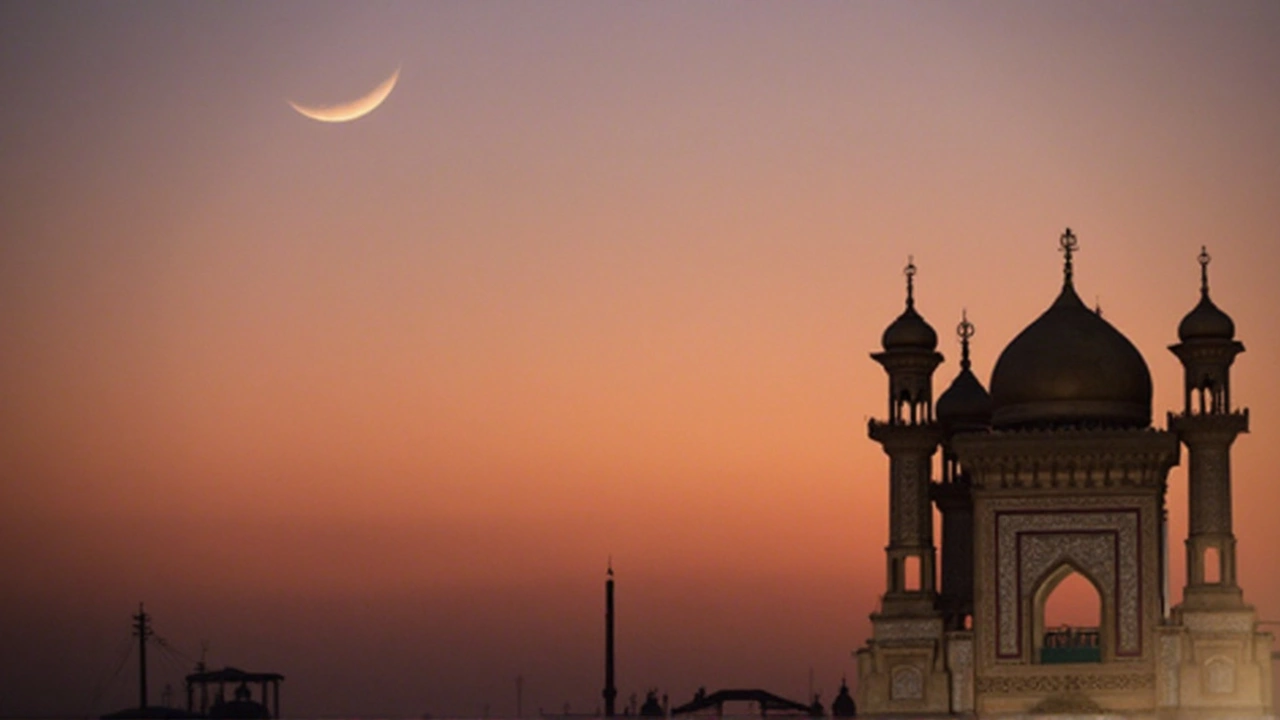Controversy Over Eid al-Fitr Timing
There's a buzz around the announcement of Eid al-Fitr's date for 2025. Both Egypt's National Research Institute of Astronomy and Geophysics (NRIAG) and Saudi Arabia's Al Ojairi Scientific Centre have pinpointed the celebration to begin on March 30, based primarily on astronomical calculations and estimated moon sightings.
The announcement has stirred a heated discussion, notably with representatives like Imad Ahmed from the New Crescent Society chiming in. Ahmed and others argue astronomically calculating the new moon on March 29 positions it too low and too faint for the naked eye to spot in the Middle East, rendering traditional sighting methods ineffective for these dates.
The Conflict: Lunar Traditions vs. Astronomy
For those not familiar, the Islamic calendar is lunar, revolving around moon cycles to start and end months. The length of a month can either be 29 or 30 days, hinging on the crescent moon sightings. While some regions embrace astronomical data to make these determinations, others staunchly defend the time-honored method of direct observation.
This ongoing tussle has led astronomers like Ahmed to criticize practices where Muslims in countries like the UK automatically align their celebrations with those in Saudi Arabia. He posits a return to community-based moon observations could be beneficial, particularly for diaspora Muslims, as it would mitigate reliance on edicts from abroad.
The irony of a partial solar eclipse expected on March 29 isn't lost here. While it mystifies sky-gazers, it doesn't aid in viewing the crescent moon, adding another layer to the timing difficulties.
The core of this conversation is less about dates and more about broader implications — the push-pull between traditionalism in religious practices and embracing scientific advancements. As global Muslim communities grow and diversify, the challenge of unified observance of Islamic holidays becomes more pronounced.
In the end, while astronomers emphasize data and calculations, cultural and religious practices will likely continue to sway some opinions until a wider consensus is reached. Regardless, the annual discussion around the sighting seems here to stay, reminding us of the evolving nature of tradition in a modern world.





